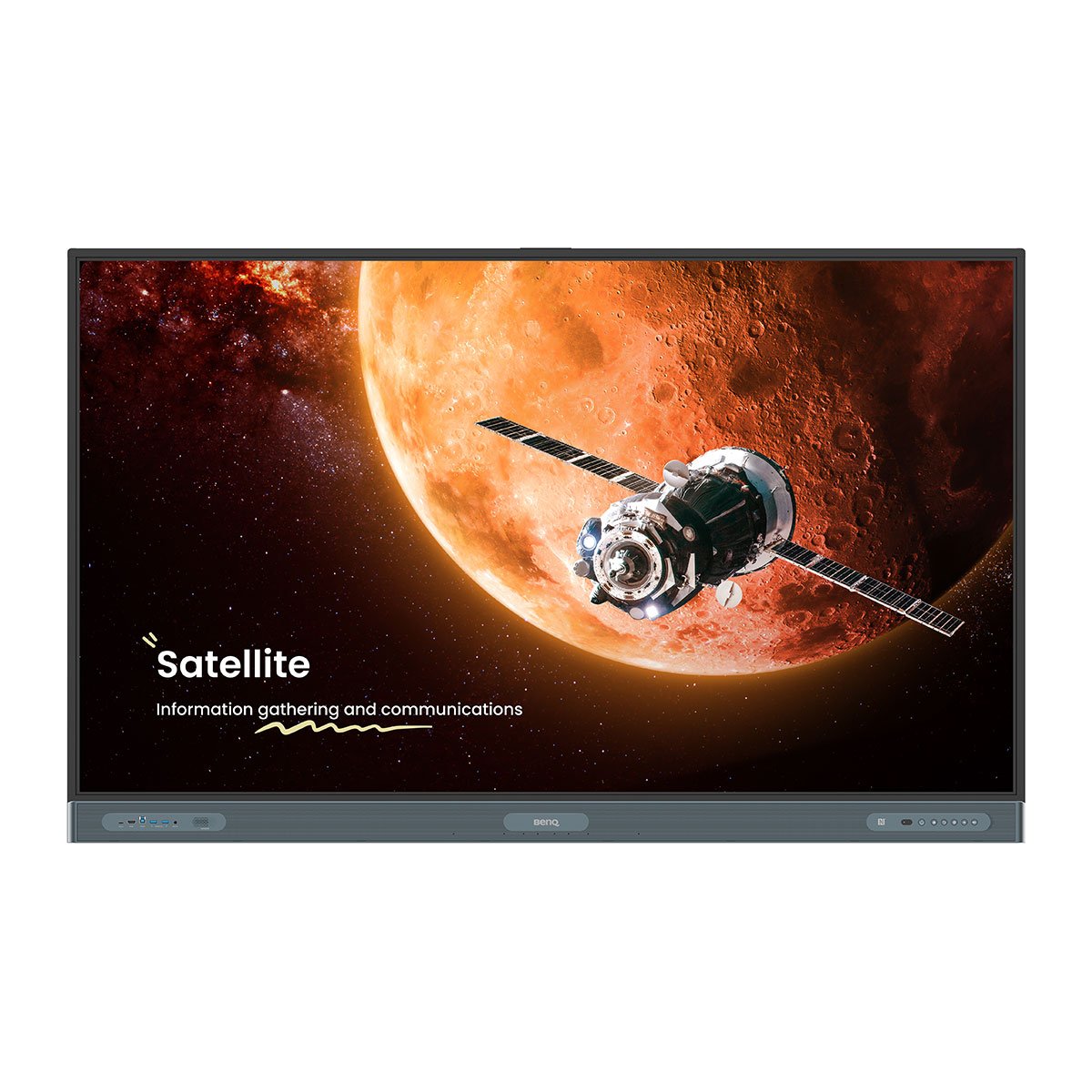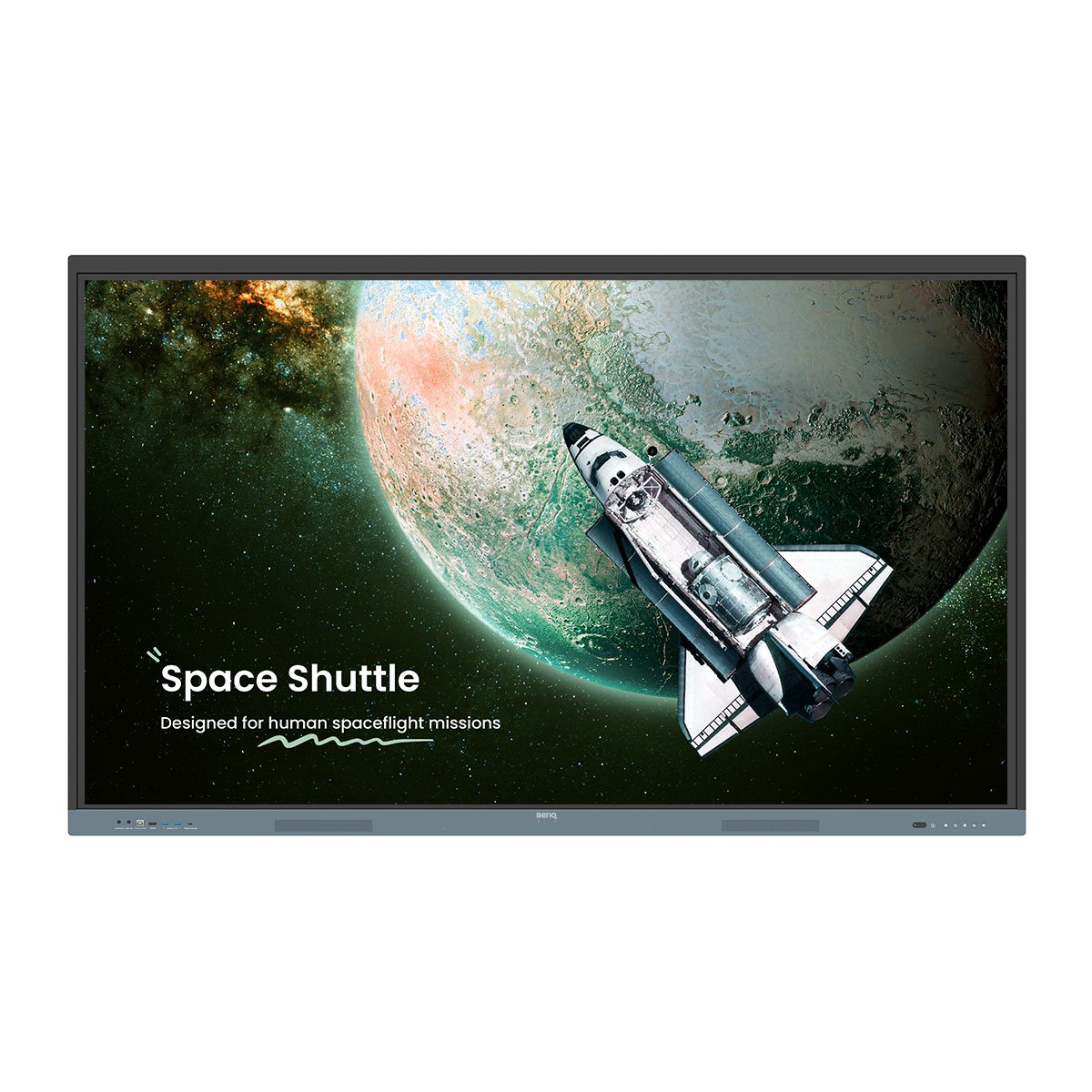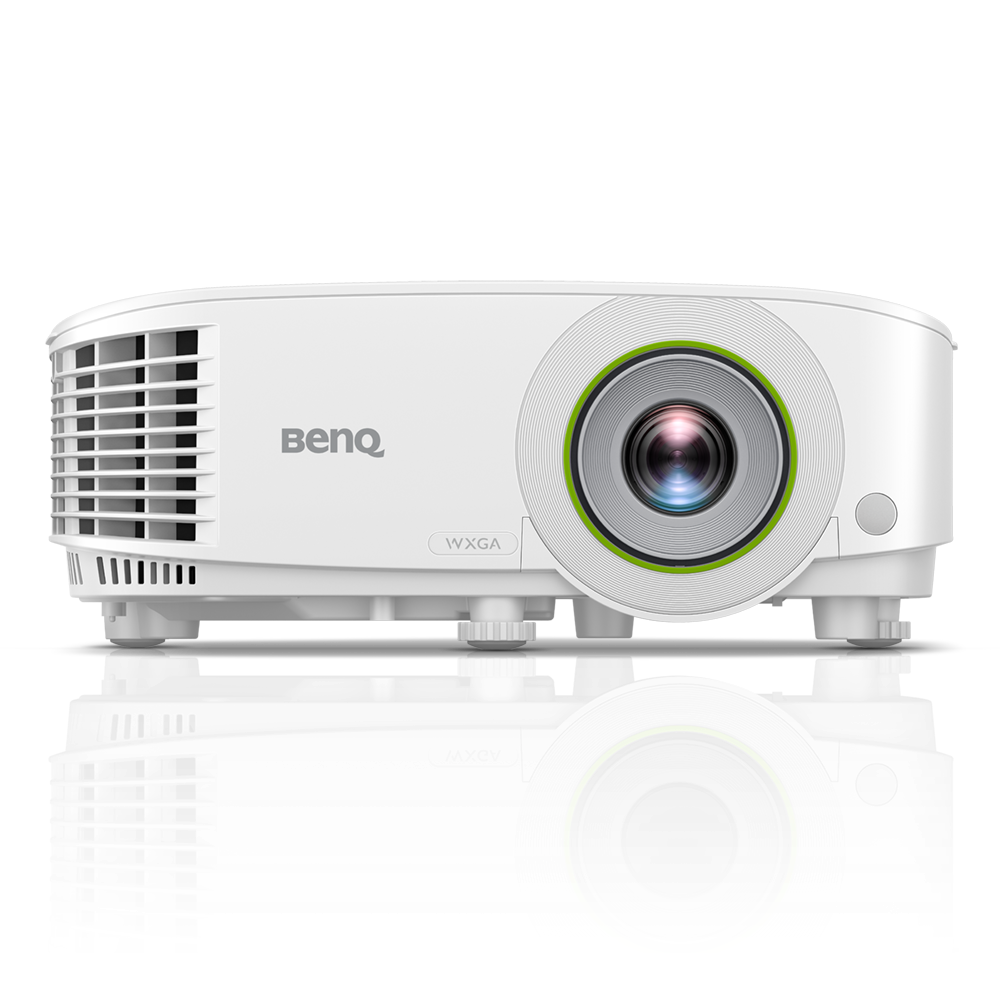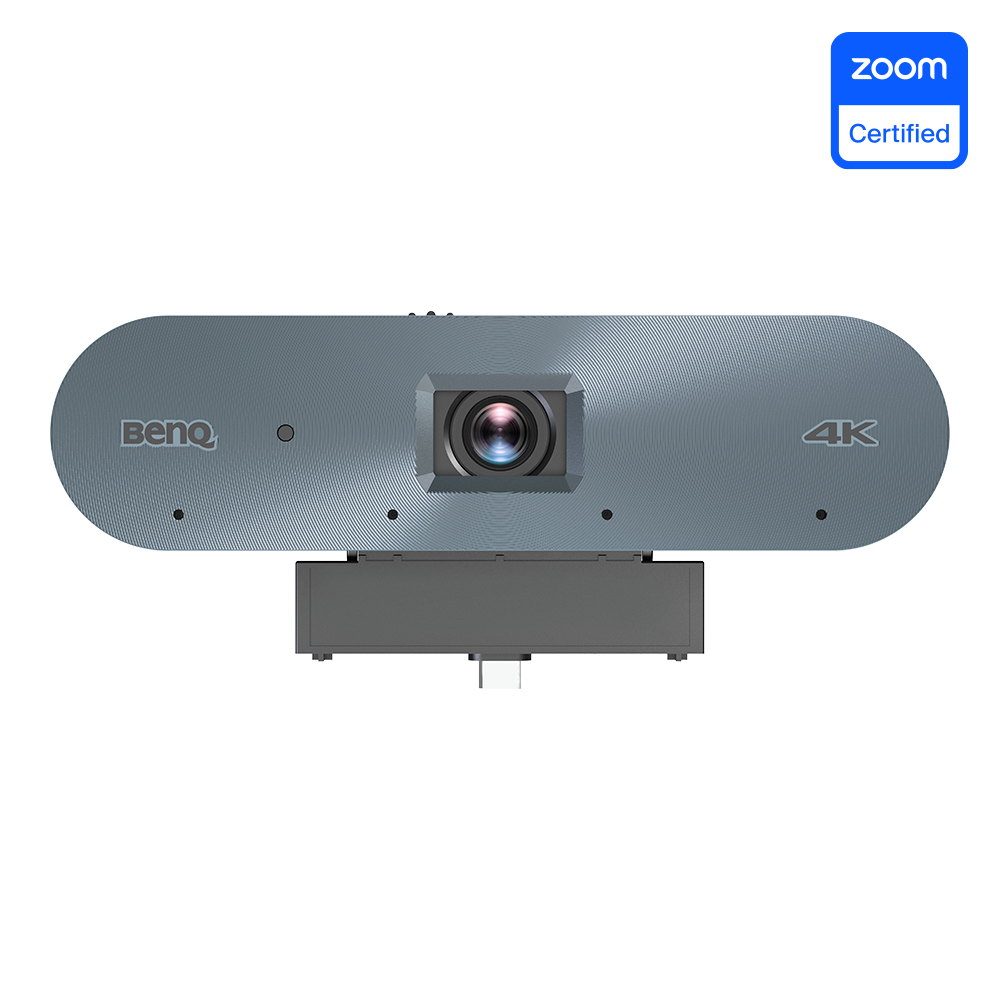

Introduction
Gone are the days of squeaking chalk and dusty erasers in the classroom. Education, as you may already know, has gone digital.
Welcome to the era of the smart classroom. It’s where learning leaps off from the traditional textbook and onto interactive whiteboards (smart board for teaching), which have quickly become indispensable in sparking richer learning experiences and stronger connections between students and teachers.
What is a smart classroom?
Essentially, a smart classroom takes advantage of educational technology equipment such as laptops, tablets/smartphones, projectors, interactive whiteboards, document cameras, multimedia players, speakers, and microphones to make learning better and more engaging. Teachers show videos, give interactive quizzes, and more to students. But students take an active role too, as they use gadgets to participate in their own learning. It’s this mix of technology that makes classes not just better, but a lot more fun.
Advantages of smart classrooms
Now, we know what you’re thinking: What do smart classrooms offer that traditional ones don’t? Well, smart classrooms offer a bevy of wonderful benefits, including:
Enhanced learning through technology
When we talk about learning with the help of technology in smart classrooms, it means students get to see lessons come to life before their eyes. One example would be science students watching a volcano erupt on a big screen. Or perhaps history students taking a virtual tour of ancient Egypt.
Multimedia tools like videos and animations mean learners are not just memorizing; they're experiencing. By seeing and interacting with educational content in so many different ways, students find it easier to understand and remember complex subjects.
Increased student engagement and participation
Smart classrooms pull students into the heart of lessons in ways that grab their attention. In math classes, for instance, students solve problems on interactive boards, and it feels like playing a game—but with equations. Or perhaps language classes where they can click on words to hear pronunciations which beats struggling through text.
With smart classrooms, your students are no longer passive listeners. They are active participants who are more likely to ask questions, try new things, and really own their learning journey.
Limitations of smart classrooms
Now, despite the advantages, there are caveats you might want to consider before transitioning into a smart classroom:
Initial cost and ongoing maintenance
Investing in top-notch educational technology, like interactive whiteboards (smart board for teaching) and student tablets, alongside advanced software licenses, comes with a mega price tag. And the financial commitment doesn't stop there. It extends to ongoing tech support, regular software updates, and necessary equipment upgrades over time. It’s true that not all educational institutions can manage this comfortably.
Training required for effective use
While teachers are experts in their subject areas, introducing technology into the classroom may bring additional learning curves for some who have gotten used to chalkboard teaching. In other words, teachers must become proficient with the latest educational technology tools, but it’s a process that demands both time and, often, extra resources for professional development.
Interactive whiteboards: catalysts for smart classrooms


Interactive whiteboards (smart board for teaching) are advanced interfaces that allow users to interact with multimedia content. This enhances both learning and teaching experiences. They’re particularly designed for educational use and are equipped with user-friendly features that cater to a classroom’s unique demands.
From the perspective of products like the BenQ Interactive whiteboards, these tools are not merely whiteboards; instead, they are comprehensive tools that facilitate a variety of educational functions—from screen sharing and whiteboarding to comprehensive IT management.
How interactive whiteboards transform classrooms
In practice, interactive whiteboards (smart board for teaching) provide vivid illustrations and can connect various multimedia resources directly into the teaching space. For example, a history teacher can not only describe but also visually represent historical events, timelines, and more interactive maps directly on the board.
BenQ's technology, tailored for interactive whiteboards, exemplifies this by allowing teachers and students to engage with the board simultaneously, creating a more collaborative learning environment. The tool includes features like tap and teach, personalized accounts, and robust security protocols, ensuring a personalized and secure teaching experience.
Exploring stages of smart classrooms
Examples across various educational settings, including private and international schools, demonstrate adaptive uses of interactive whiteboards:
- Digitally assisted teaching: In the initial phase of educational technology adoption, teachers primarily deliver materials and multimedia lessons in a traditional one-way manner, with limited student feedback.
- Interactive teaching: As educational technology advances, it fosters extensive discourse between teachers and students. This phase occurs as users become adept with technology, facilitated by the user-friendly nature of interactive whiteboards. Two-way interaction prevails, enhancing engagement through team activities, gamification, and dynamic discussions.
- Innovative teaching: When educational technology becomes fully integrated into teaching and learning, classrooms gain digital literacy skills previously unattainable. With high proficiency levels among educators and learners, technology seamlessly enhances self-motivated learning experiences through diverse teaching styles and open communications.
Related article: 3 Stages of Smart classrooms with Interactive Displays
Challenges in implementing smart classrooms
Resistance to change among staff
Resistance to change among staff in educational settings often arises from comfort with familiar practices and concerns about mastering new technologies. To address this, schools can work towards demonstrating the tangible benefits of smart classrooms, offer supportive training, and implement changes incrementally to build confidence and buy-in.
Technical difficulties and the need for regular updates and maintenance
As has been mentioned earlier, technical difficulties in smart classrooms, including software bugs and hardware wear, require ongoing maintenance and updates. A structured approach that provides timely IT support, regular preventive maintenance, and equips staff with basic troubleshooting skills can minimize disruptions and extend the longevity of technological investments. Planning for future technological upgrades may also come in handy to keep the educational environment current and functional.
Comprehensive smart classroom solutions
Smart classroom hardware
In a smart classroom, interactive whiteboards, and smart projectors are pivotal technologies transforming learning experiences. These devices foster dynamic educational environments by enabling real-time interaction with digital content. Supporting various media types, they enhance active and experiential learning, ensuring concepts are not merely read but also seen and interacted with.
The finest interactive whiteboards for smart classrooms go beyond touch panels, featuring high-performing chipsets and processors for seamless interactions like handwriting and drawing with up to 50 touchpoints simultaneously. With built-in Android OS systems and Google EDLA-certified GMS, smart board for teaching offer the flexibility and expandability to Teach Your Way, granting access to a plethora of educational apps and digital lessons.
Classroom projectors have adapted to meet the evolving demands of education. In addition to displaying large-screen content, smart projectors enhance user experiences, transforming learning into an engaging journey. The best education-first smart projectors enable flexible presentations, foster collaborative discussions, and provide expandable access to Android educational apps.
- Interactive whiteboards
- Smart projectors
- Tablets
- Laptops
- Document cameras
- Speakers
- Microphone
- Digital podium
- Student response systems
- Content management access point (CMAP)
Smart classroom software
Complementing the interactive hardware, smart classroom software serves as a cornerstone in revolutionizing traditional educational environments into a dynamic and captivating learning experience, transcending cultural, geographical, and physical barriers. Cloud-based smart classroom software is designed to facilitate more efficient and interactive teaching methods, thereby enhancing student learning performance and engagement. This software typically includes interactive teaching platforms, productivity tools, and educational apps that enable content creation, sharing, and collaboration among students and teachers along with other functionality such as course management systems to support the complete learning journey.
- Education apps, digital lessons, e-books, online textbook
- Digital whiteboarding software
- Classroom and learning management system
- Wireless screen-sharing software
- Video conferencing software
- Integrated IT remote device and account management solutions
Building an efficient smart classroom: BenQ's approach


Tailored smart board for teaching
BenQ has designed its interactive whiteboards with the specific needs of classrooms in mind. These boards integrate advanced interactive features that enable educators to deliver dynamic and engaging lessons. The BenQ interactive whiteboards are equipped with ultra-precision IR technology and 4K UHD high-resolution displays, making them ideal for both smooth teaching workflows and collaborative learning activities.
Teacher-centered smart classroom software
Centered around the needs of educators, BenQ's smart classroom software offers user-friendly and intuitive tools that streamline interactive lesson planning and delivery. Teachers can captivate young minds by writing and illustrating on the EZWrite 6 digital whiteboarding software, along with displaying inspiring multimedia lessons. InstaShare 2 allows teachers to foster a creative culture, structuring a student-led smart classroom and sharing up to 9 screens for dynamic and collaborative discussions. By empowering teachers with these tools, BenQ supports an environment where educators can effectively manage their lessons and interact with students in real time, fostering an interactive learning atmosphere.
Smart classroom management system
BenQ's approach includes a comprehensive Account Management Solution (AMS) and Device Management Solution (DMS) that aid teachers and school IT managers in maintaining efficient and secure school operations. AMS allows teachers to easily log in with an NFC card or single sign-on (SSO) using existing school credentials and start a class instantly with lessons stored in the cloud. School IT admins can remotely update firmware, apps, and power settings for groups of BenQ devices, effectively reducing IT maintenance costs and the total cost of ownership (TCO) for schools.
Experienced smart classroom partner
BenQ’s commitment to education is supported by educators of all levels who understand the critical value of implementing smart classroom technologies in preparing our younger generation for the future. By providing dedicated local training, technical support and consultancy, and maintenance services, BenQ ensures that schools can successfully navigate the complexities of modern educational technology, aligning with both teachers' and students' needs for a more interactive and productive learning environment.
BenQ’s smart classroom solutions are designed to accommodate various stages of educational technology integration. From the intermediate smart classroom, which incorporates advanced interactive tools like BenQ Boards, to the student-led smart classroom, where students take the helm of presentations and projects, BenQ’s offerings foster essential skills such as leadership, problem-solving, critical thinking, and creativity. By tailoring technologies to support these progressive learning environments, BenQ ensures that each classroom can enhance its educational approach effectively, making the transition smooth and beneficial for both teachers and students.
Takeaway
Smart classrooms represent the forefront of educational innovation, transforming traditional learning environments into dynamic and interactive spaces. At the core of this transformation are Interactive Flat Panels (IFPs), which are pivotal in modernizing education. These devices facilitate a more engaging, efficient, and collaborative learning experience. To further explore how interactive whiteboards serve as the key to unlocking the potential of smart classrooms, consider the capabilities offered by BenQ’s smart classroom solutions. For more detailed examples and to see these technologies in action, explore BenQ Board Interactive Displays.





